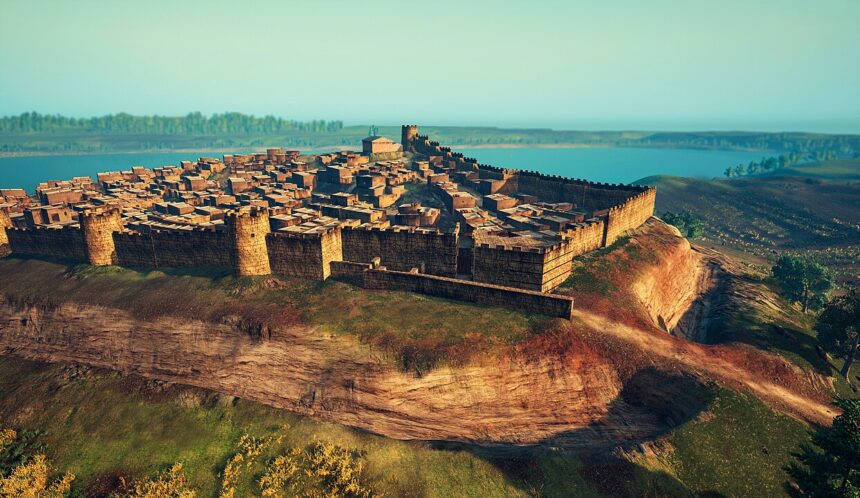The population in the northeastern part of the Iberian Peninsula was remarkably homogeneous during the Iron Age. This was ensured by local customs, which involved having women marry into neighboring tribes.
But not all women were born and raised in the area.
Some came from regions as distant as North Africa and the Middle East to Spain, where they married and started families.
This is shown by a detailed DNA study conducted by Spanish researchers.
Infant DNA Reveals Mothers’ Origins
The researchers based the study on an examination of mitochondrial DNA from 21 newborns from the Iberian people called the Bastetani, who ruled in eastern Spain from approximately 700 to 200 BC.
Mitochondrial DNA is inherited exclusively through the mother and can therefore be used to trace women’s movements through generations.
DNA from newborns was used because children, unlike adults in the Iron Age, were not cremated but buried under the house floor.
The study shows that the population was generally homogeneous. This uniformity was due to local customs, which meant that women married across the different tribes in Spain of that time and subsequently moved to their husband’s homeland.
However, not everyone was local. The infants’ genetic material revealed that several of the mothers originated from extremely distant regions.
Copper and Bronze Age cultures were filled with male-dominated societies, according to conventional research. But now a major analysis points to one society where women held power – and men were shown the door.
The researchers found, among other things, connections with haplogroup M1b.
Haplogroups are a major branch on humanity’s family tree, and this particular group was common in North Africa during the Iron Age.
DNA material showing genetic connections through the maternal line to the area around Anatolia, Iran, and Armenia also appeared in the researchers’ investigation.
The women most likely came to the Iberian Peninsula through trade and cultural exchange across the Mediterranean, the researchers write in the study, published in the scientific journal Journal of Archaeological Science.


